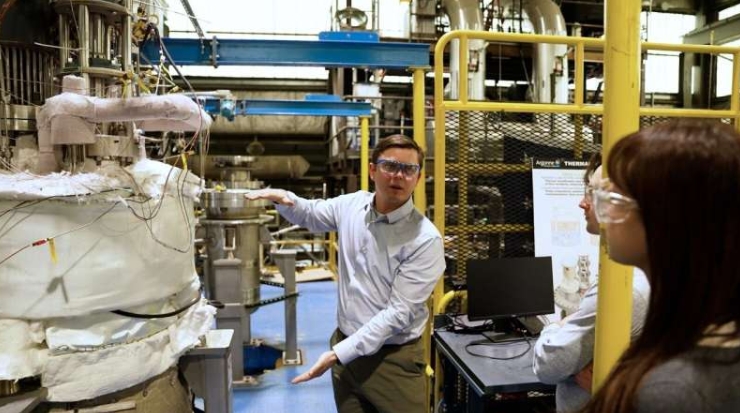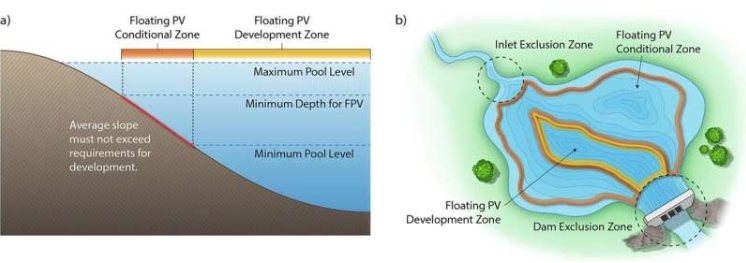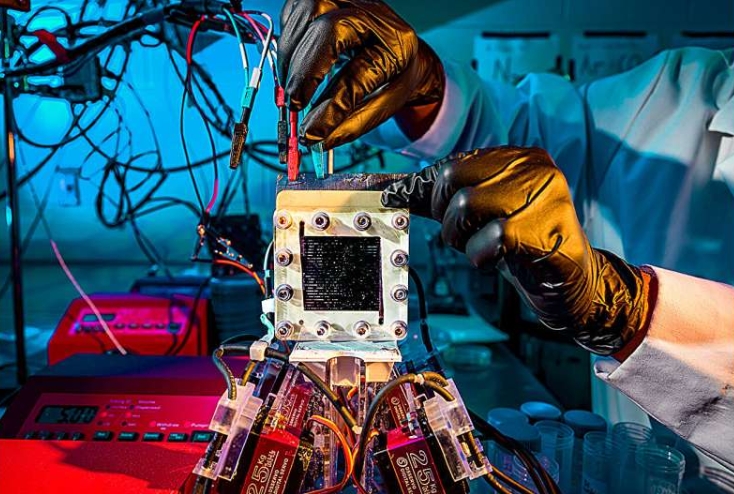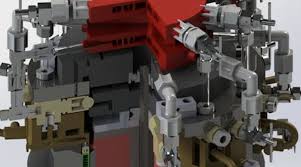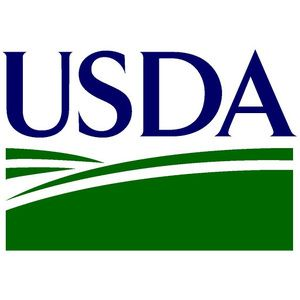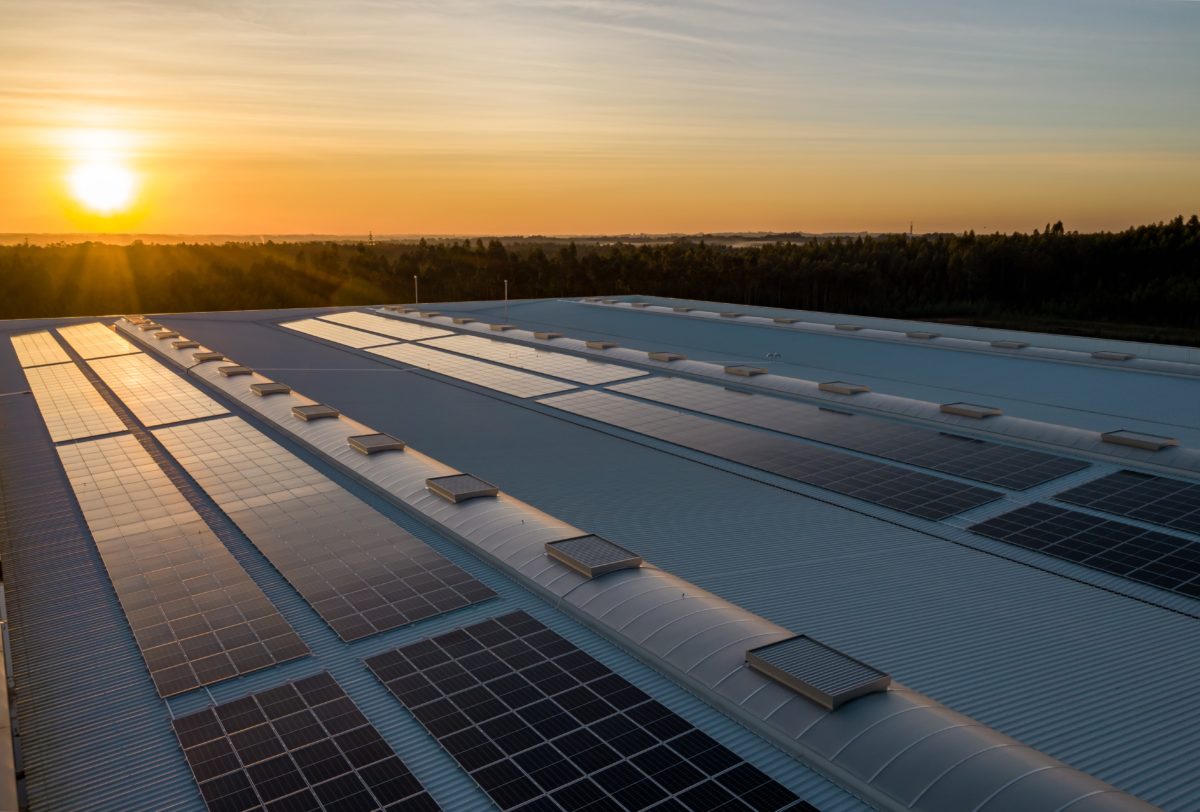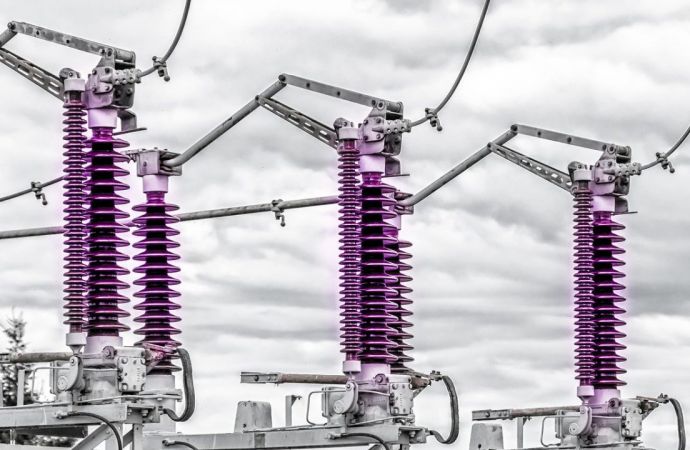
Emerson, a St. Louis, Missouri (U.S.)-based refrigeration manufacturer, has announced a new platform of condensing units meet the new U.S. Department of Energy (DOE) energy-efficiency rules that went into effect January 1.
The new DOE rules requires up to 40% energy reductions for condensing units and related equipment used in commercial walk-in cooler/freezers (WICFs) under 3,000ft2 (279m2). This equipment includes medium-temperature condensing units and medium-temperature self-contained units manufactured on, or after, January 1, 2020. The new standard was issued on July 10, 2017.
On July 10, 2020, the efficiency standard will go into effect for the following walk-in cooler/freezer equipment: low-temperature condensing units, low-temperature self-contained units, and medium- and low-temperature unit coolers (evaporators).
The new rules apply to condensing units that are assembled to construct a new WICF; used to replace an existing, previously installed WICF component (retrofit); or used within packaged systems. Other components — such as unit coolers (evaporators), doors, panels and lighting — are also within the jurisdiction of the DOE’s WICF ruling.
The DOE’s WICF ruling requires anyone manufacturing, producing, assembling or importing to certify WICF components. Contractors and wholesalers can still use and stock condensing units that were manufactured before the DOE enforcement dates. However, condensing units manufactured after the enforcement dates must meet the DOE compliance standards.
In calculating energy requirements, the DOE uses a metric established by the Air-Conditioning, Heating, and Refrigeration Institute (AHRI) – Annual Walk-In Energy Factor (AWEF) – to evaluate the energy efficiency of a complete WICF system. As defined by AHRI, the calculation is based on BTU/W-h, “a ratio of the total heat, not including the heat generated by the operation of refrigeration systems, removed, in BTUs, from a walk-in box during a one-year period of usage for refrigeration, to the total energy input of refrigeration systems, in watt-hours, during the same period.”
AWEF scores and performance information for Emerson condensing units are listed in the new Copeland AWEF-approved condensing unit product catalog.
“The new Copeland product catalog will help OEMs, wholesalers, contractors, design consultants and end users select units approved for WICF use,” said Julie Havenar, Emerson product manager, refrigeration, in a statement. “As a manufacturer of condensing units for a wide range of refrigeration applications, we have certified our walk-in cooler condensing units meet the DOE’s minimum AWEF requirements.”
“For OEMs, using certified condensing units will help them meet the compliance requirements in one of their primary refrigeration system components,” she added. “OEMs will simply need to combine an Emerson AWEF-compliant condensing unit with any AWEF-compliant unit cooler to achieve compliance in a dedicated system. Similarly, wholesalers will need to stock AEF-compliant condensing units to service walk-in end users.”
Another manufacturer, Heatcraft Refrigeration Products, Stone Mountain, Georgia (U.S.), has set up an informational website to assist in the transition to the new DOE standard.
